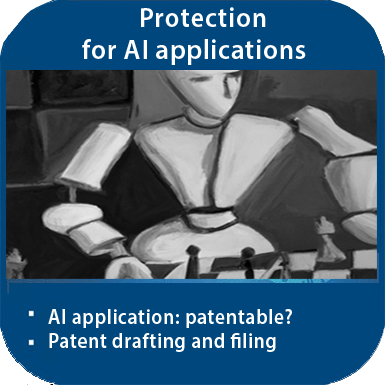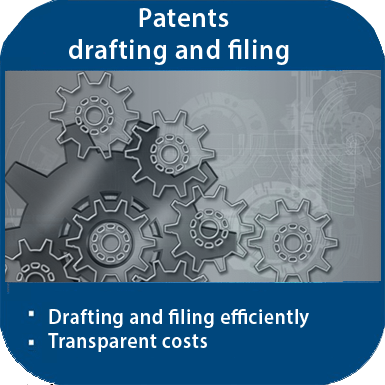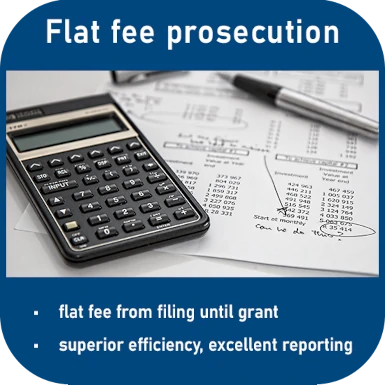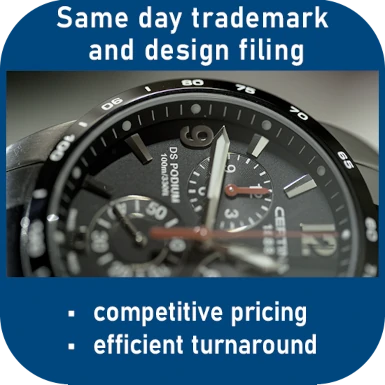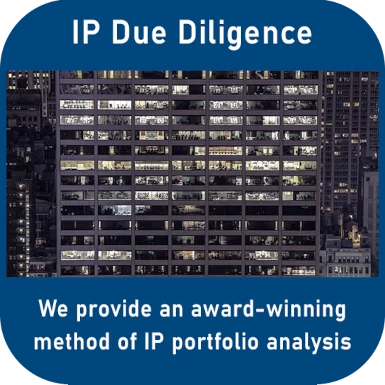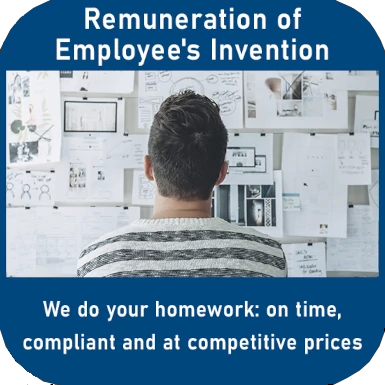OLG Karlsruhe: Interpretation of the patent claim

In patent infringement proceedings, the interpretation of the patent claim is necessary and relevant in most cases. A recent decision by the Higher Regional Court of Karlsruhe concerned a slicing machine with a food supply device. In the opinion of the court of first instance, there was a patent infringement in relation to this slicing machine.
Had the court of first instance made errors in the interpretation of the patent claim? This was asserted before the Higher Regional Court of Karlsruhe (OLG Karlsruhe).
The facts
The defendant manufactures cutting machines and markets them in Germany or has them marketed by other companies within the defendant's group of companies. In the opinion of the court of first instance in Mannheim, there was a patent infringement of the plaintiff's patent, the German part of a European patent without unitary effect - i.e. not a unitary patent. The plaintiff was therefore entitled to claim damages as well as the rendering of information and accounts. The defendant appealed against this decision to the Karlsruhe Higher Regional Court.
The defendant argued that the patent claim should be interpreted in a different way than the court of first instance did. Essentially, the question was whether or not the patent claim of the contested patent in dispute, and in particular the feature specifying a food supply device for transporting food in a cutting machine, required a forced guidance.
In parallel proceedings, the defendant filed an opposition against the patent in suit before the European Patent Office, a common procedure in such a case. In response to this opposition, the patent in suit was maintained in the restricted version of auxiliary request 0 by decision of the European Patent Office dated 18 July 2022. The opponent's appeal against this was unsuccessful according to the decision of the Technical Board of Appeal of the European Patent Office of 30 November 2023.
This is of interest for the appeal before the Higher Regional Court of Karlsruhe insofar as the question arose as to whether the reasons in the opposition decision as to why the patent-in-suit is upheld and the opposition is unsuccessful are equivalent to the description of the patent.
The OLG Karlsruhe made this second leading principle in its decision 6 U 232/22 (the first leading principle of the decision refers to the Agreement on a Unified Patent Court (UCPA)). The court differentiated in its second leading principle that only certain considerations of the opposition division are equivalent to the description of the patent - namely only those considerations that justify the partial revocation of the patent to the extent of the primarily defended patent claim "may take the place of the patent description or be next to it with regard to deviations of the upheld version of the claims from the granted version ".
However, reasons in the opposition decision which merely explain why the patent is valid and the opposition is unsuccessful are not to be taken into account in this sense. They are merely to be kept in mind as weighty expert opinions when interpreting the patent claim.
Interpretation of the patent claim - German case law
There are several judgements on the interpretation of the patent claim, and some of them were cited by the court in this appeal.
In most cases, the interpretation of the patent claim is necessary for the assessment of a patent infringement. The meaning of the claim as a whole and the contribution of each individual feature to the overall performance of the invention must be determined (see BGH, GRUR 2020, 159 para. 18 - Lenkergetriebe; GRUR 2021, 1167 para. 21 - Ultraschallwandler).
The decisive factor, at least in case of doubt, is the function that the individual technical feature has on its own and in interaction with the other features of the patent claim in bringing about the success according to the invention (see BGHZ 194, 107 para. 27 - Polymerschaum).
A literal understanding of the patent claims is generally not sufficient to fully grasp the protected subject matter (see BGHZ 189, 330 para. 23 - Okklusionsvorrichtung). Incidentally, the wording in the language of the proceedings must always be used to determine the scope of protection.
Insofar as the same expression ("extend to") in the patent specification describes spatial relationships between (other) objects that directly reach the respective other object, this does not constitute a quasi-lexical restriction to such cases. The reverse conclusion cannot be drawn from this that the patent specification in suit would preclude the use of the same expression for deviating configurations.
Incidentally, neither the patent claim may be interpreted more narrowly in accordance with what was originally disclosed (BGHZ 194, 107 para. 28 - Polymerschaum I; BGH, GRUR 2023, 1184 para. 49 - Faserstoffbahn), nor, conversely, may its meaning be determined by contrasting the wording of the patent claim with deviating formulations of the application (BGH, GRUR 2015, 875 para. 17 - Rotorelemente).
Interpretation of the patent claim - with or without forced guidance?
Based on these principles, in the opinion of the OLG Karlsruhe, the Regional Court of Mannheim rightly found that the patent claim, and in particular feature 1, does not require a forced guidance with upper and lower conveyors or grippers acting together on the transported goods.
Features that would be expected, such as grippers, upper conveyors or a forced guidance, are not mentioned in the patent claim. In general, the court considered the patent claim to be very broad. For example, the technical purpose of the protected device defined in feature 1 is to transport food in a cutting machine ("for conveying") - but there is no mention of special requirements for fixing the food during transport.
The appeal correctly states that the invention serves the purpose of precise, independent feeding of foodstuffs. And a fixation of the foodstuff precisely by the claimed feeding device by means of conveyors co-operating from opposite sides or by grippers may be particularly advantageous for this purpose.
However, such a configuration is not necessary to achieve the technical effect, the OLG Karlsruhe found, and this was also not implied in the wording of the claim.
The defendant argued in vain that the embodiment example in Figure 21 limited the patent claim to this forced guidance. The Higher Regional Court found that it merely shows an example of a food supply device in which the claimed drive features are formed on four upper conveyors. The court ruled that this was not a limitation and referred to the general case law (see BGH, GRUR 2007, 309 para. 17 - Schussfńdentransport).
The appeal was dismissed in its entirety (judgement of the OLG Karlsruhe, 14/02/2024, Ref.: 6 U 232/22).
Maybe this article is also interesting in this context: EPO decision Pouch with inner container.
Conclusion
The precise drafting of a patent is essential and must also be well secured with regard to the interpretation of the patent claim. Our patent law firm is very experienced in this and will also be happy to represent you in nullity proceedings.
Please contact us for an enquiry free of charge by telephone on +49 69 69 59 60-0 or send us an email info@kollner.eu.
